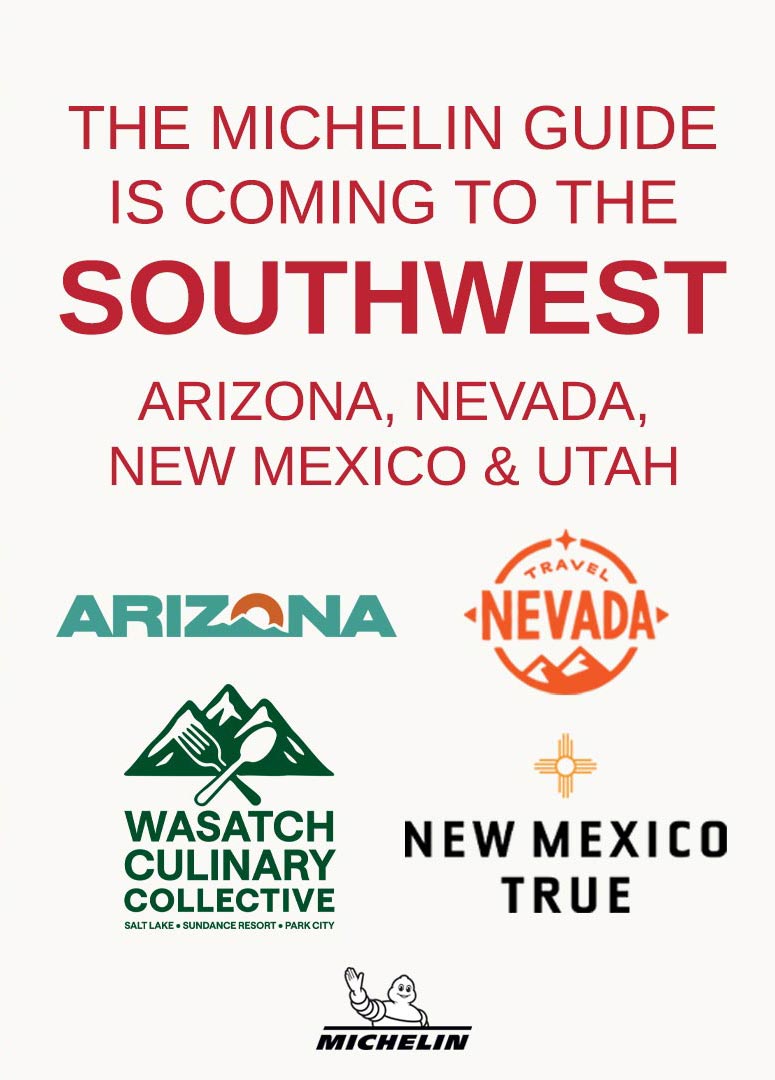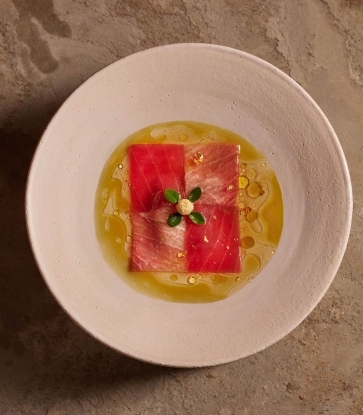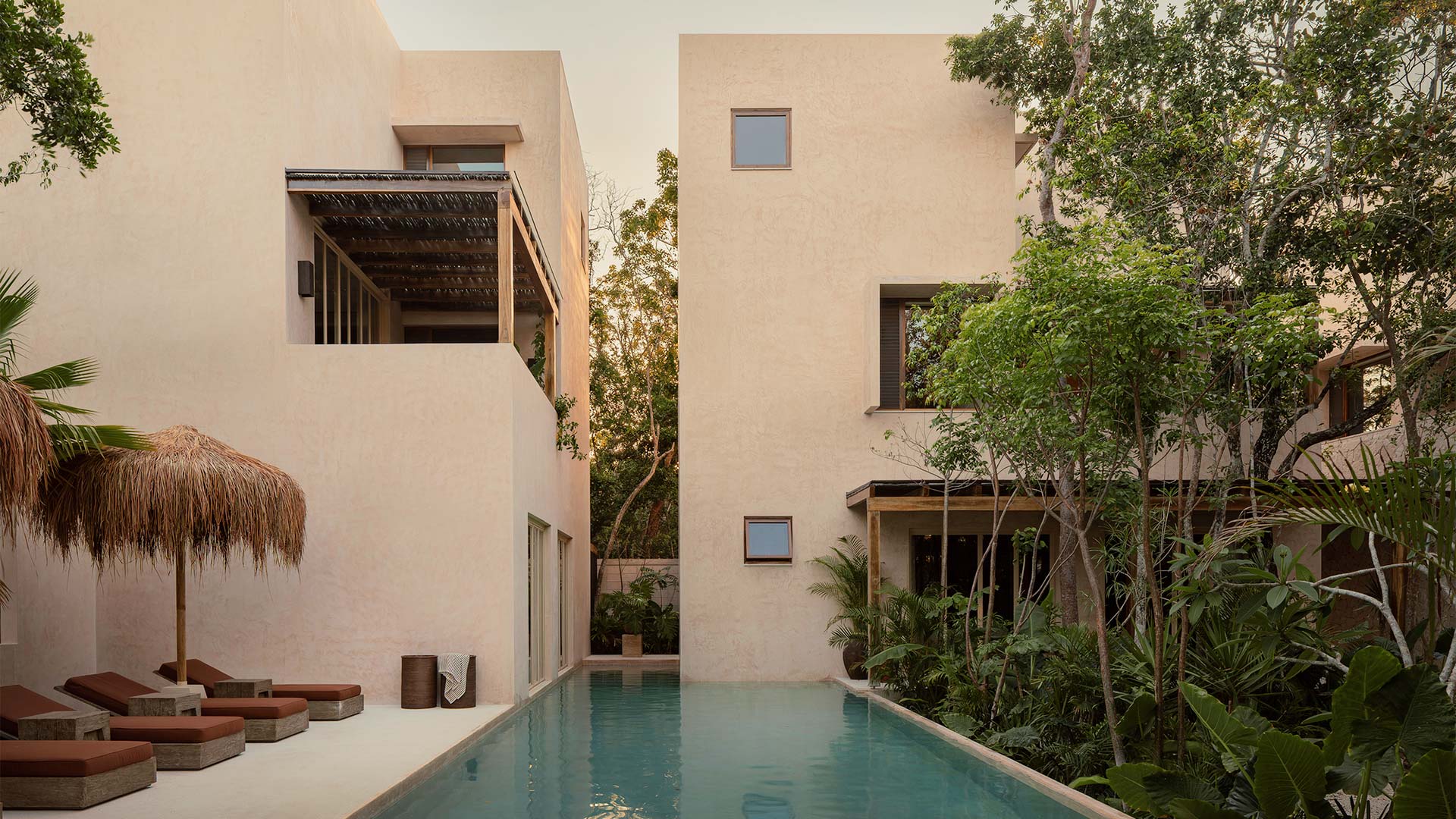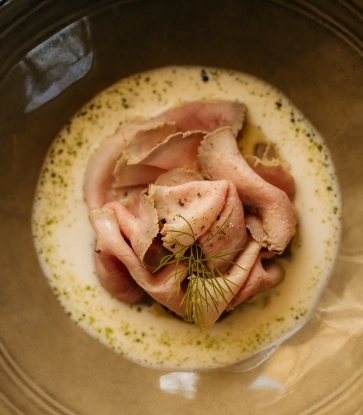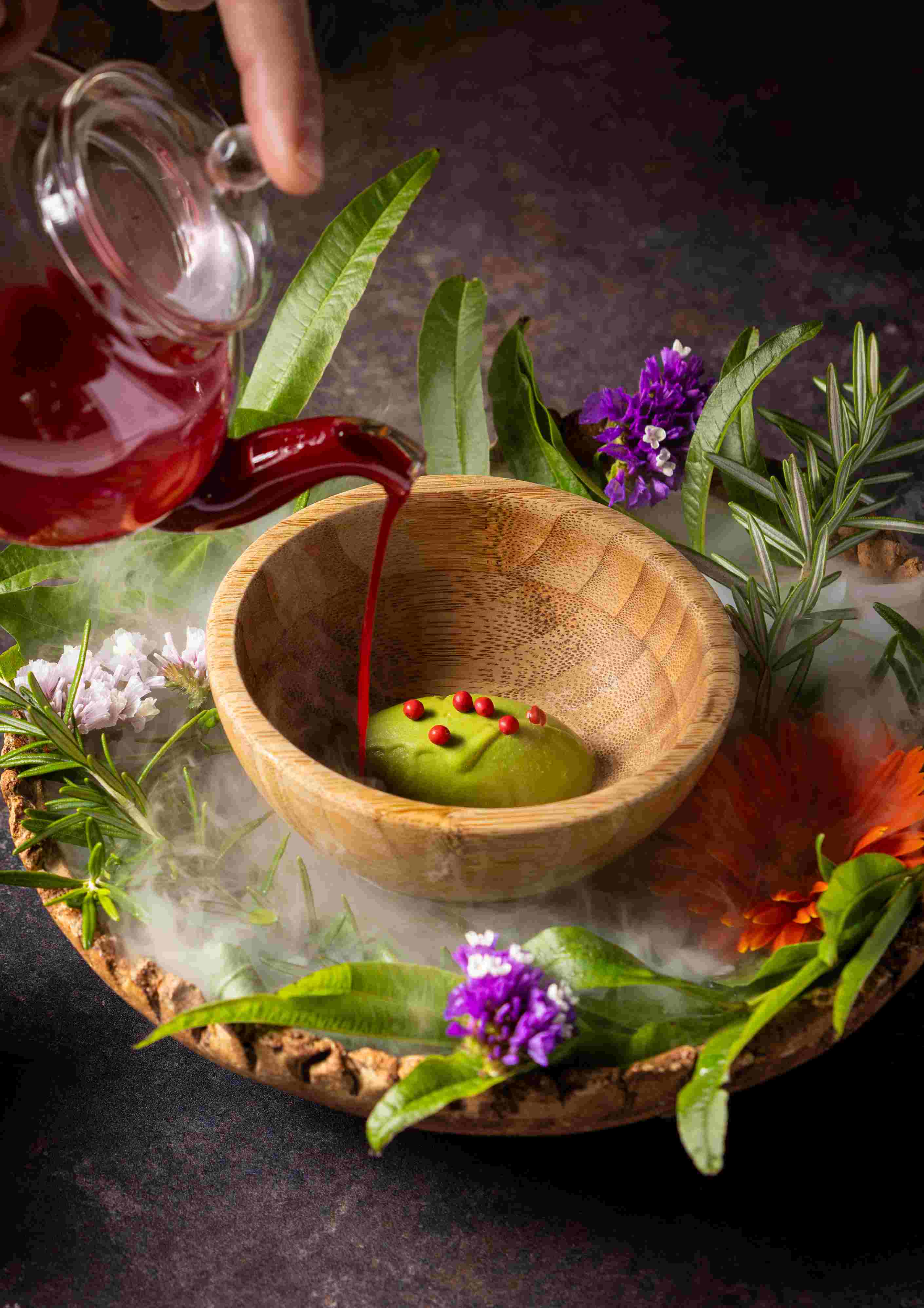Champagne, like any other type of wine, has a deep bond with the terroir. While many may think that terroir refers to the message on the label at the back of the wine bottle which displays the properties or the quality and vineyards the wine originated from, terroir is, in fact, a result of every element, be it the soil, the rocks, the sun, velocity or precipitation—all of which are contained and imbued within one bottle of wine or champagne.
The main factor that provides champagne with its distinctive flavours and “superior” character compared to other types of wine is the unique location of the Champagne region. Located northeast of Paris in the northern border of France, Champagne is situated in what is considered Europe’s northernmost limit of vine cultivation. This is because the area above Champagne, Belgium, is a fine source of barley production that is used in beer rather than wine.

Another distinct element is the ‘soil’ or the ‘subsoil’ of the terrain. With the predominant subsoil in Champagne being chalk formed through the deposit of marine microorganisms that date back to the prehistoric era, chalk soil plays a key factor in the mellow and luscious taste of champagne from the Champagne region. Moreover, the minerals found on the surface layer beneath the topsoil also contribute to the inimitable taste of the champagne. A God-given gift bestowed upon Champagne, the fertile chalk and limestone subsoil has exceptional water-retention properties that allow it to store water during the winter before releasing them during the summer months. In addition, the chalk soil also has good heat storage properties, allowing it to absorb and store heat in summer, which is then restituted during winter.
Nevertheless, aside from the soil, there remains other uncontrolled variables in vine cultivation—the climate. Due to its dual climate, the average annual climate of the Champagne region during the winter months can be severely cold, while an ideal level of sunlight during the summer. Not only this, the geography also plays a factor, as the weather also varies depending on the different terrains such as mountains, valleys and rivers.

Another important factor is the microclimate or the type and level of precipitation, the velocity, as well as the humidity and changes to temperatures within each area. Varying each year, these factors affect the quality as well as the quantity of the grapes produced, resulting in the unique flavours of the champagnes from each vintage year.
As for the terroir of the Champagne region, the area for champagne production has been divided into five wine-producing districts, each with a distinct taste and body:
- Aube: Situated in the south of the region, the black grape, Pinot Noir, is most widely planted here. Due to the predominantly clay-based soil, the grapes produced in Aube are aromatic and bears a lower acidity level compared to those from the northern areas, resulting in a rich and full-bodied wine that is easy to drink.
- Côte des Blancs: Located on the mountainous terrain of white chalk, the dominating variety of grape in this area is Chardonnay, which produces high acidity white wines and is a variety most suitable for making champagne.
- Côte de Sézanne: The subsoil of the area is a combination between clay and pockets of chalk. The grape variety grown in this area is dominantly Chardonnay, although the wine produced with grapes from Côte de Sézanne are lower in acidity compared to the grapes from Côte des Blancs.
- Montagne de Reims: The most important subregion of the Champagne wine region as it contains up to eight Grand Cru villages. The main grape cultivated here is Pinot Noir, although Chardonnay and Pinot Meunier can also be found. The resulting champagnes are opulent, rounded and full-bodied, characteristics that are defined as tête de cuvée or prestige cuvée. The champagnes produced from a good variety of grapes from a good vintage year would undergo a more prolonged period of incubation and are often made with grapes from this area.
- Vallée de la Marne: A sub-region in the central area that stretches from the left to the right of the Champagne wine region. Dominating the area is the Pinot Meunier variety, whose unique characteristics lie in the fruity and sweet floral note it produces.
The role of the winemaker is to select and combine the three varieties of grapes: Chardonnay, with its refreshing note; Pinot Meunier, which provides a fruity flavour and aroma; and Pinot Noir, which provides structure and body to the wine to create the most exquisite champagne from the different terroir of the five areas.
The oldest champagne house in the world, Perrier-Jouët is located in Épernay. The house owns 65 hectares of vineyards in the Champagne region—99.2% of which is ranked on the scale of Grand Crus, with each cuvée comprising of the five principle wines of the three terroirs of Côte des Blancs, Montagne de Reims and Vallée de la Marne. Together, they form ‘champagne’s magic triangle, amongst which approximately 160 acres are part of the two Grand Crus areas—Cramant and Avize crus. Situated in the terroir of Côte des Blancs on a strategically important location, the crus are planted mid-slope in the south-southeast area of the region. The area favors an excellent maturity of the chardonnay grapes, whose white floral aromas make it a unique identity of this champagne house.

As for the production of pinot noirs from the Mailly grand cru in the terroir of Montagne de Reims, the grapes produced here are fresher and more delicate compared to the pinot noirs from the other areas, while the pinot noirs of Aÿ in the Vallée de la Marne carry a refreshing fruity note of the Pinot Meunier. The two pinot noirs provide a fine structure for the chardonnays of the Côte des Blancs while retaining their own unique characteristics. Meanwhile, the Pinot Meunier from the Dizy premier cru from the Vallée de la Marne adds a fruity and roundness to the Perrier-Jouët champagnes.
Terroir is thus like a philosophy that carries local wisdom cultivated through the experience that has been passed down from generation to generation. Consisting of 4 key elements: climate, soil, terrain and tradition, or the culture of local vine cultivation, the wines and champagnes are thus products of the climate under the control of the earth, the sky and us human beings.
This content was brought to you by Perrier-Jouët.
To know more about Perrier-Jouët, please visit https://www.perrier-jouet.com/.







